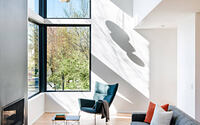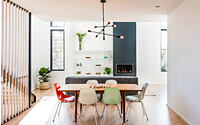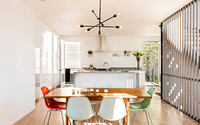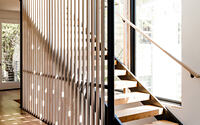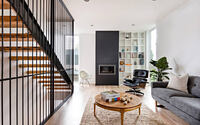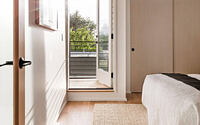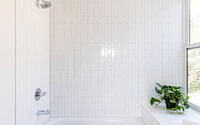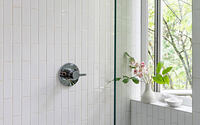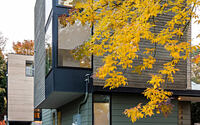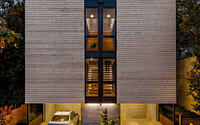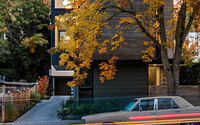Tsuga Townhomes by Wittman Estes
Located in Seattle, Washington, the Tsuga Townhomes designed by Wittman Estes are sited on the edge of the Highland Park neighbourhood overlooking the Duwamish River.

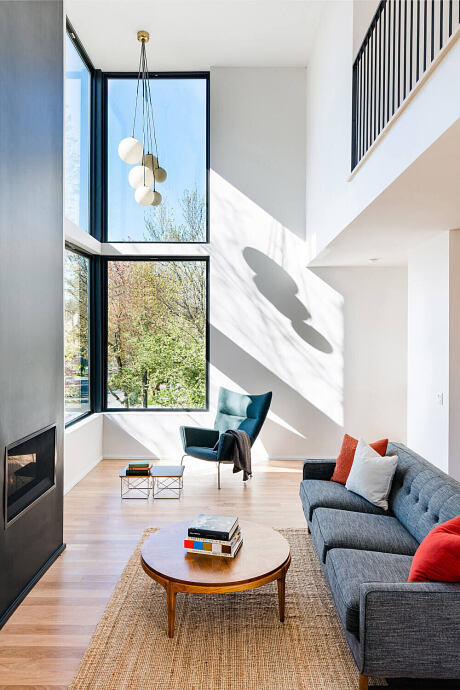
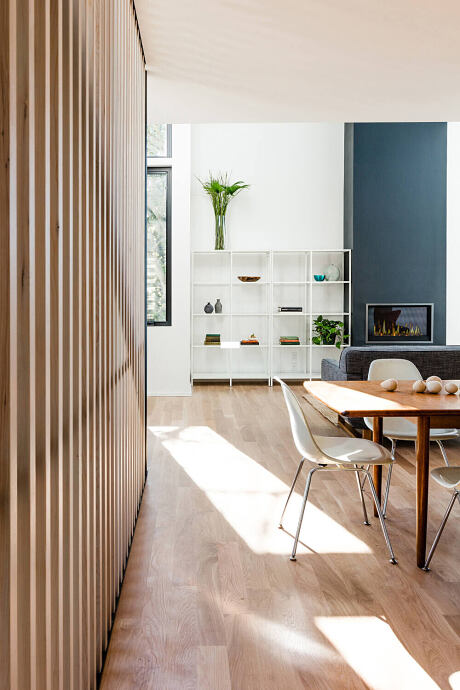

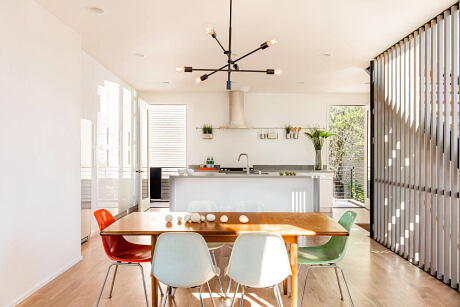
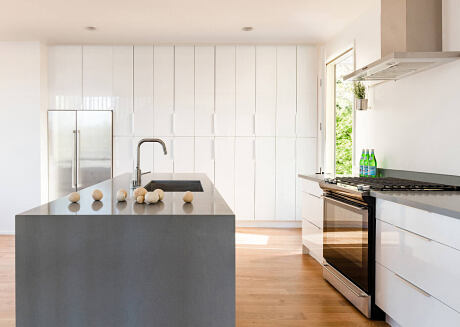
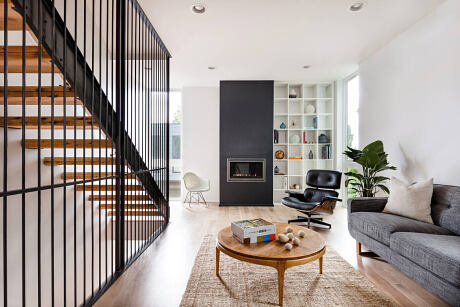
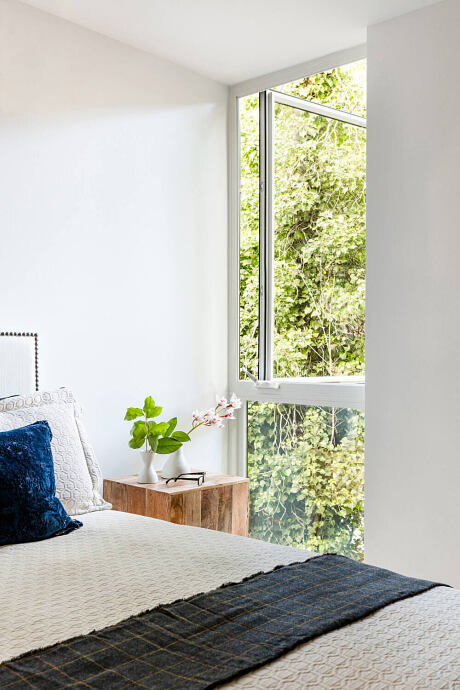
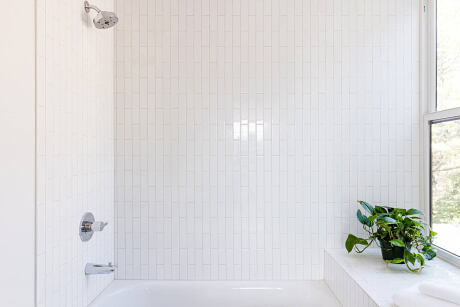
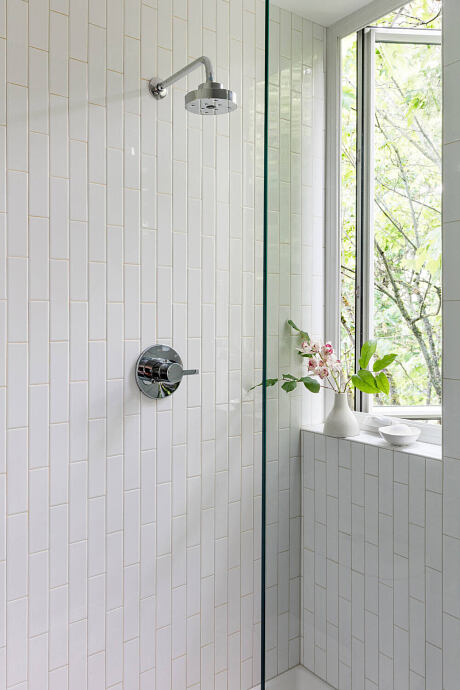

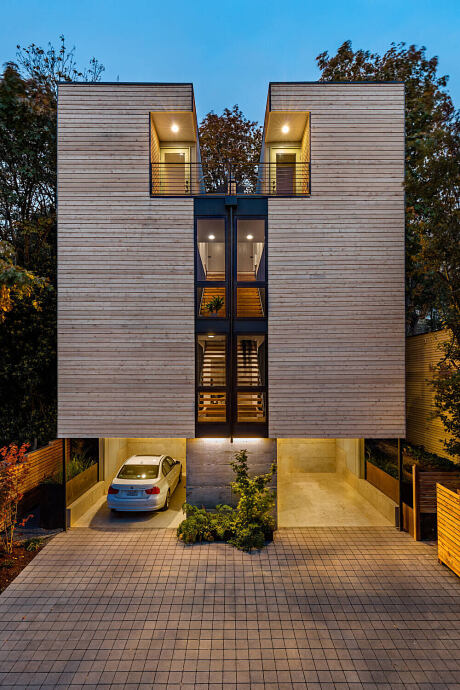
About Tsuga Townhomes
Introducing Tsuga Townhomes: Sustainable Urban Living
Wittman Estes served as the architect, developer, and general contractor for Tsuga Townhomes—a three-unit multifamily urban infill housing community comprising a single home and a two-unit duplex. These 4-Star Built Green certified, eco-friendly homes boast green roofs, reclaimed fir stairs, and high-efficiency energy systems, all constructed for under $200 per square foot. Nestled in Seattle, Washington, Tsuga Townhomes sit on the edge of the Highland Park neighborhood, overlooking the Duwamish River. This dense cluster of three units exemplifies the neighborhood’s evolution from small, single-family worker houses to higher-density urban infill townhomes.
Embracing Nature and Sustainability
Each dwelling faces adjacent green areas, providing residents with sunlight, glimpses of nature, and access to outdoor decks and terraces. The site plan incorporates green roofs and bioretention planters to capture rainwater for plantings and reduce runoff. To further promote sustainability, the design team selected energy-efficient mechanical systems, exceeded insulation code requirements, and earned Four Star Built Green certification.
Connecting with the Surrounding Environment
The main house fronts the bustling Highland Park Way, while the duplex nestles into the hillside and wooded greenbelt along 8th Ave. Both buildings feature strategically placed windows to focus views on trees and nature. The main house entrance leads from a front porch off the sidewalk on Highland Park Way, while the duplex offers entries from both the auto court and a porch accessible from 8th Ave. The steep slope serves as a connecting device between the two streets, with the site plan carefully arranging outdoor living spaces, green roofs, and large south-facing windows.
Open Living Spaces and Natural Light
The main house’s living area opens to the dining and kitchen areas, with large doors leading to an outdoor deck to the east. High-gloss white kitchen casework reflects outdoor light and textures, bringing nature indoors. The main house also features a double-height living space and mezzanine above, with an iconic corner window and pendant visible from Highland Park Way. A sixteen-foot-tall south-facing “megawindow” next to floating stairs with a Tsuga hemlock wood screen allows direct sunlight to enter while preserving privacy for the dining room and kitchen.
Maximizing Space in the Duplex
The duplex revolves around a central spine of open floating stairs and windows, designed to maximize natural daylight and outdoor access within a narrow footprint. With usable outdoor space on the 1st, 3rd, 4th, and rooftop levels, the duplex’s narrow 14-foot (4.27 meters) floor plates feel generous. The steep slope allows for a terraced, stepping building section connecting the lower and upper landscape levels.
Simple and Affordable Interior Design
Kitchens feature generous pantries and ample storage, built with affordable materials such as grey quartz, solid white oak floors, stainless steel, and high-gloss white laminate casework. Bathrooms include window niches, simple ceramic tile, water-saving fixtures, and affordable ceramic tile. The duplex kitchen enjoys ample natural light from the wooded forest along 8th Ave and features simple, affordable finish materials with two colors of wood laminate casework.
Achieving Design Goals Through Vertical Integration
To achieve their design goals, Wittman Estes purchased the 5,400-square-foot (501.68-square-meter) land and developed the project themselves. In typical developer housing, the focus often leans toward minimizing design costs. By acting as the architect, developer, and contractor, the architects worked directly with fabricators and tradespeople, creating efficiencies and opportunities for more custom and higher-quality design and details at a lower price. This integrated approach allowed Tsuga Townhomes to achieve a balance of sustainability, aesthetic appeal, and affordability, setting a new standard for urban infill housing.
Photography courtesy of Wittman Estes
- by Matt Watts
